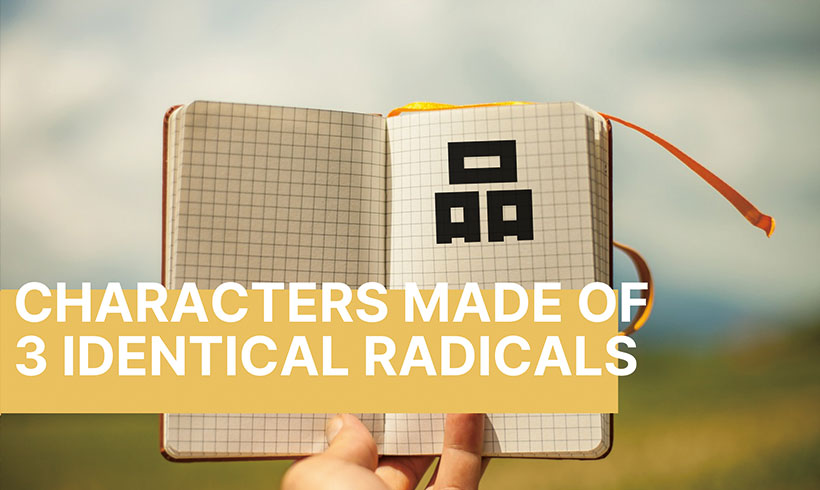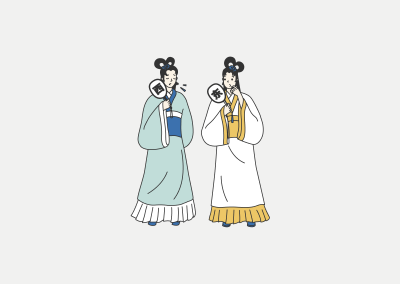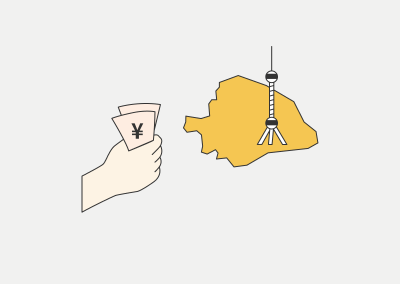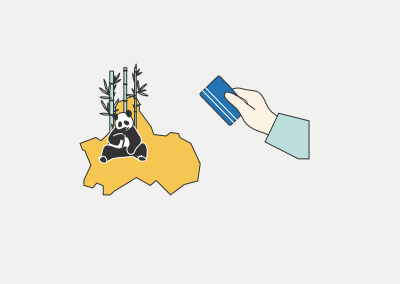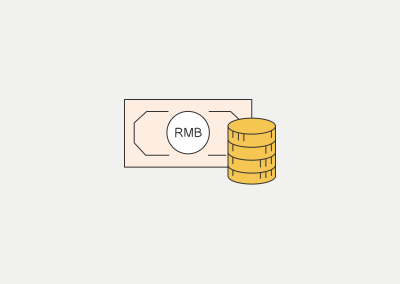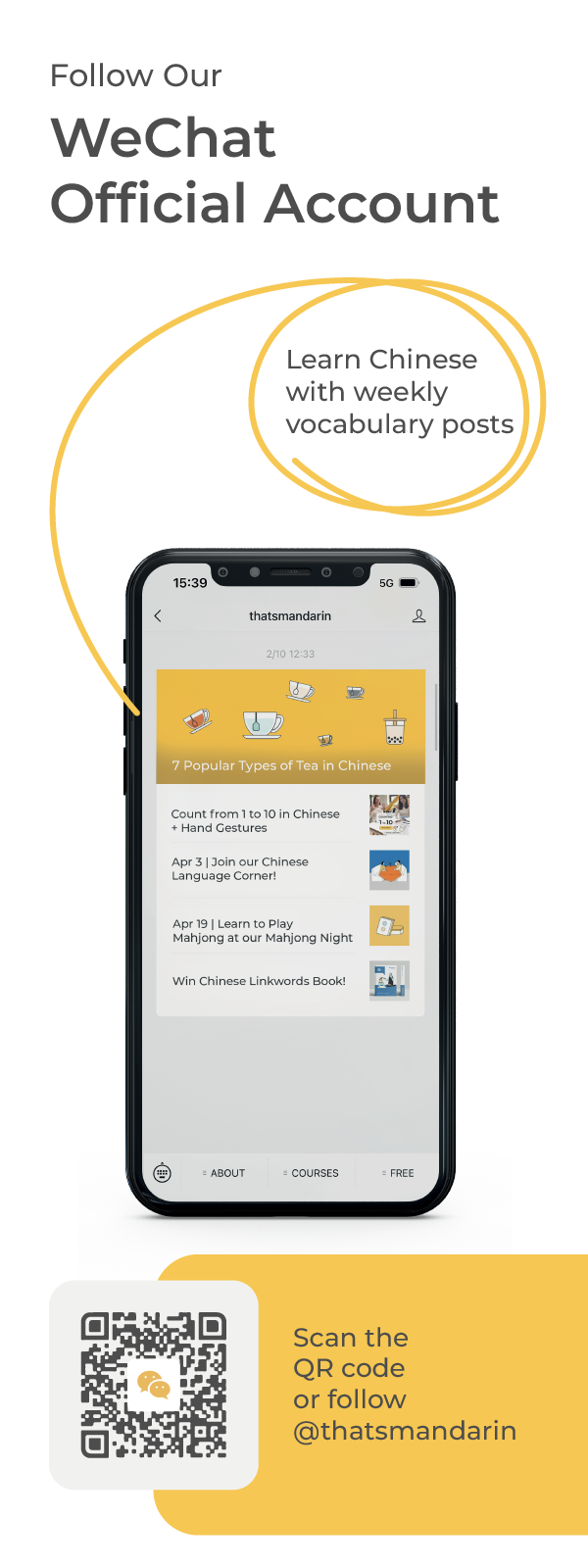4 Most Common Chinese Radicals You Should Know
In this article, we will take a look at some of the typical and most common Chinese radicals that are essential for learning Chinese characters and improving reading skills.
Importance of Learning Chinese Radicals
Unlike European languages, the Chinese language uses characters to represent words. There are around 3,500 commonly used Chinese characters and many Chinese language learners often feel overwhelmed by the complexity of these characters. Learning Chinese radicals is essential because they are the building blocks of characters helping learners understand, memorize and write Chinese characters more effectively. Mastering radicals also improves Chinese reading comprehension, writing skills and speeds up learning Mandarin Chinese.
However, there is no need to panic when learning Chinese characters. In fact many Chinese characters follow a strong logic, especially if you focus on the radicals of Chinese characters which often hint at the character’s meaning.
Chinese radicals play a crucial role in learning Mandarin Chinese helping learners to understand and memorize Chinese characters more efficiently. There are only 214 traditional Chinese radicals (± a few depending on the source), making it easier for Chinese language learners to master the building blocks of the written language.
1: “Mouth Radical”, 口

The ‘mouth’ radical is one of the most common radicals that you may come across when learning Chinese characters. It usually forms the left part of a character. Judging by the meaning of its name, we can easily tell that characters containing this radical are mainly verbs related to the use of your mouth. Some of the basic characters would be “吃 (chī) – to eat”, “喝 (hē) – to drink”, “咬 (yǎo) – to bite”, “唱 (chàng) – to sing”, etc.
If you pay attention to the right part of the last character “唱 (chàng)”, you may notice that its right part is formed by an individual character, which is “昌(chāng)”. The pronunciation of these two characters are quite similar to each other, and the only different is that they have different tones. In Chinese, there are a lot of characters like “唱(chàng)”, in which the radical represents the meaning of the character, and the other part represents its pronunciation.
2: “Hand Radical”, 扌
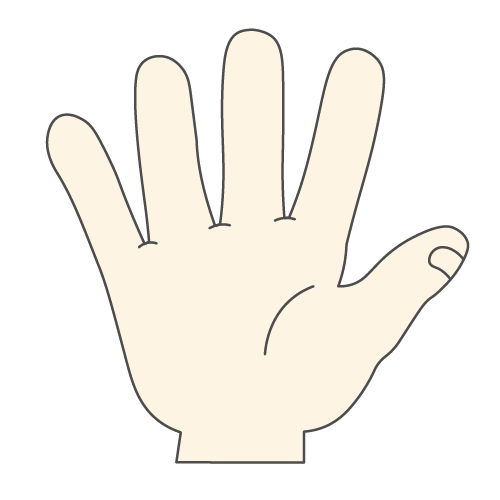 Yet another popular radical, that you can often see in books or newspapers, is ‘hand’ radical, 手 or 扌. Characters containing this radical usually represent actions that involve using your hands. Some of the typical examples would be: “打(dǎ) – to hit”, “扔 (rēng) – to throw”, “拍 (pāi) – to pat”, etc.
Yet another popular radical, that you can often see in books or newspapers, is ‘hand’ radical, 手 or 扌. Characters containing this radical usually represent actions that involve using your hands. Some of the typical examples would be: “打(dǎ) – to hit”, “扔 (rēng) – to throw”, “拍 (pāi) – to pat”, etc.
3: “Water Radical”, 氵
 The water radical consists of three strokes, which resemble three drops of water. It’s not hard to deduce that characters containing this radical represent liquid-related nouns and verbs such as “河 (hé) – river“, “洋 (yáng) – ocean”, “汁 (zhī) – juice)”, “洗 (xǐ) – to wash”, etc.
The water radical consists of three strokes, which resemble three drops of water. It’s not hard to deduce that characters containing this radical represent liquid-related nouns and verbs such as “河 (hé) – river“, “洋 (yáng) – ocean”, “汁 (zhī) – juice)”, “洗 (xǐ) – to wash”, etc.
4: “Grass Radical“, 艹
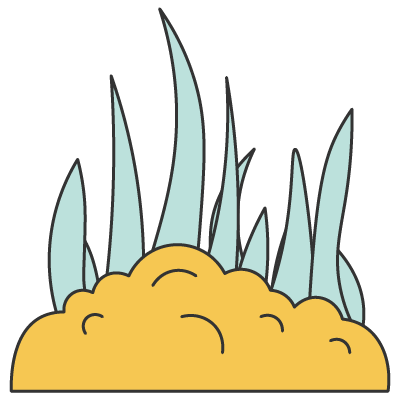 The grass radical always stays at the top of a character and usually indicates different kinds of flowers. “茉莉 (mò lì) – jasmine”, “莲花 (lián huā) – lotus“ and “向日葵 (xiàng rì kuí) – sunflower” are considered popular flowers in China.
The grass radical always stays at the top of a character and usually indicates different kinds of flowers. “茉莉 (mò lì) – jasmine”, “莲花 (lián huā) – lotus“ and “向日葵 (xiàng rì kuí) – sunflower” are considered popular flowers in China.
There are many other Chinese radicals in the Mandarin language and each radical functions as a key to understanding the meaning of Chinese characters they are part of. Learning these radicals is essential for mastering Chinese writing and reading.
Do you know all of these common Chinese radicals? How many others can you recognize?
Share your opinion in the comments below. Join the conversation about learning Chinese characters Chinese radicals and Mandarin language skills.
FAQ – 4 Most Common Chinese Radicals to Know
01. What are Chinese radicals and why are they important?
Chinese radicals are components of Chinese characters that give clues about meaning or pronunciation. Learning radicals helps Mandarin learners decode new characters faster and understand their structure making it easier to read and write Chinese.
02. How many Chinese radicals are there?
There are 214 traditional Chinese radicals. Though commonly used Chinese learning resources often focus on around 100 essential ones. Mastering the most common radicals is key to improving your Chinese reading skills.
03. What are the four most common radicals in Chinese characters?
The four most common Chinese radicals include:
- 口 (kǒu) – mouth radical (used in words like 吃 [to eat] 喝 [to drink])
- 扌 (hand radical) – appears in actions like 打 (to hit) 拍 (to pat)
- 氵 (water radical) – related to liquids such as 河 (river) 洗 (to wash)
- 艹 (grass radical) – found in plant names like 茉莉 (jasmine) 莲花 (lotus)
04. How can learning radicals improve my Chinese vocabulary?
By learning Chinese radicals you can recognize patterns and meanings in complex characters. This helps you memorize new vocabulary, improve reading fluency and understand character meanings more deeply.
You can explore interactive lessons and vocabulary games at That’s Mandarin. Our programs are designed to help learners master Chinese characters including radicals in a fun and effective way.

